People
Federally Recognized Tribes of Virginia
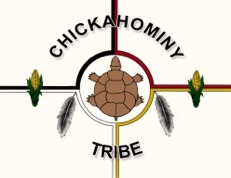 Since gaining official recognition from the Commonwealth of Virginia in 1983, the Chickahominy Tribe has been working for federal recognition. Over 850 people are enrolled in the Chickahominy Tribe, the majority of whom still live within 5 miles of the tribal center–which is located near the site of a pre-contact village.
Since gaining official recognition from the Commonwealth of Virginia in 1983, the Chickahominy Tribe has been working for federal recognition. Over 850 people are enrolled in the Chickahominy Tribe, the majority of whom still live within 5 miles of the tribal center–which is located near the site of a pre-contact village.
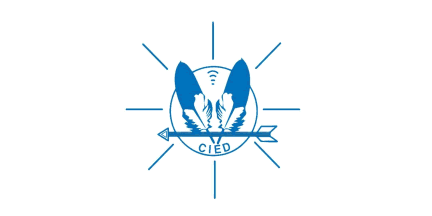
We are the Chickahominy, pronounced chick-a-hom-a-nee, Indians Eastern Division Native American Tribe. Chickahominy can be interpreted as “crushed corn people”, “coarse pound corn people, or “coarse ground corn people”, the preferred meaning is “coarse ground corn people”. Chickahominy Indians Eastern Division is also known as the acronym CIED. We are a non-reservated Eastern Woodlands Tribe of about 164 members that continues to have its roots in what is now known as the state of Virginia before the colonists migrated from England. We received state recognition under Governor Chuck Robb in 1983 and are one of eight state recognized Tribes in Virginia. We were federally recognized January 29, 2018 though the Thomasina W Jordan Indian Tribes of Virginia Federal Recognition Act 2017. Our Tribal seat is five miles East of Providence Forge Virginia, which is located in rural New Kent County
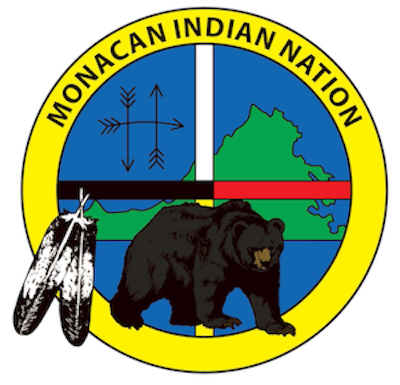 The Monacan Indian Nation is a federally recognized sovereign tribe, headquartered on Bear Mountain in Amherst County. Citizens of the Nation are descended from Virginia and North Carolina Eastern Siouan cultural and linguistic groups, and our ancestral territory includes Virginia west of the fall line of the rivers, sections of southeastern West Virginia, and portions of northern North Carolina.
The Monacan Indian Nation is a federally recognized sovereign tribe, headquartered on Bear Mountain in Amherst County. Citizens of the Nation are descended from Virginia and North Carolina Eastern Siouan cultural and linguistic groups, and our ancestral territory includes Virginia west of the fall line of the rivers, sections of southeastern West Virginia, and portions of northern North Carolina.
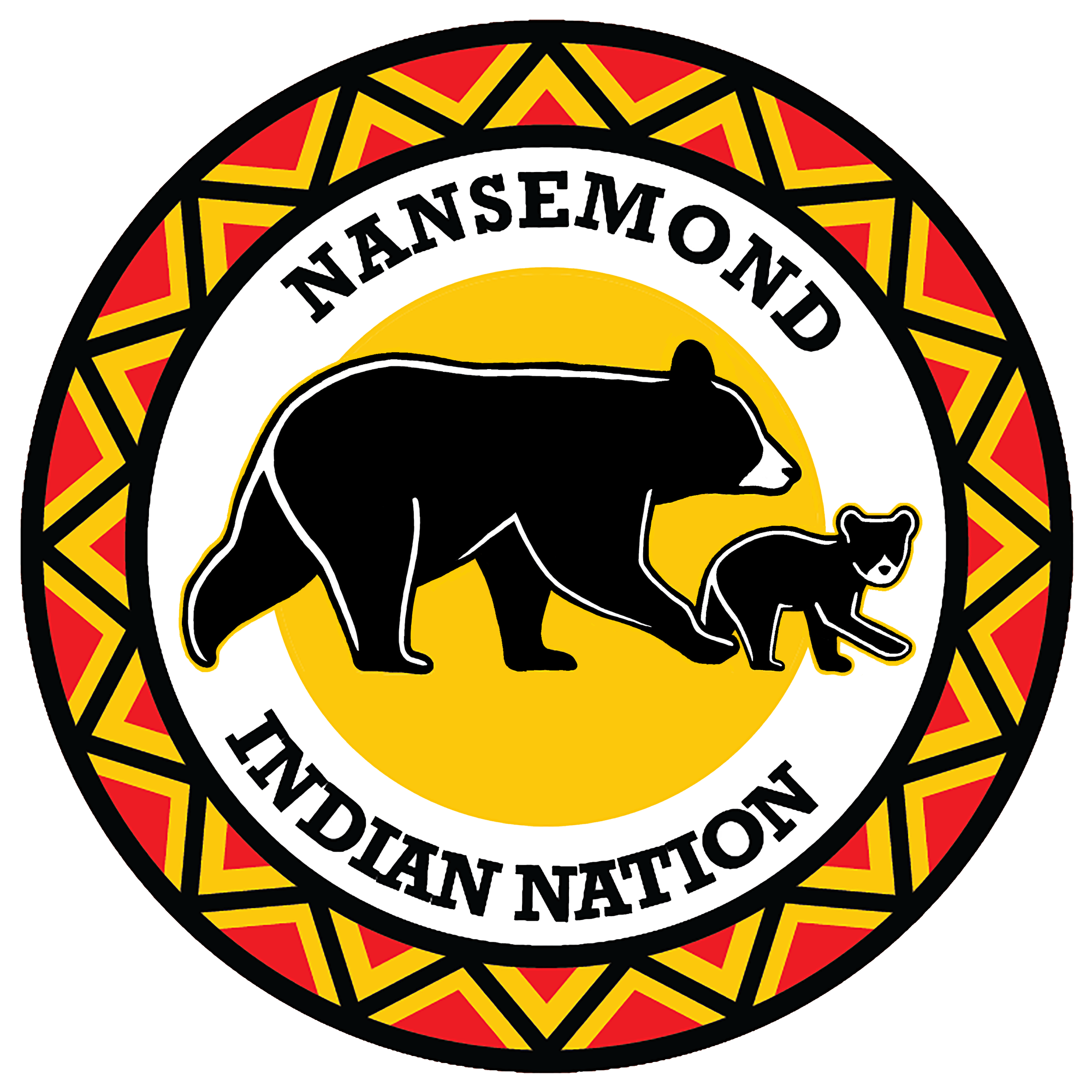 The Nansemond Indian Tribe was recognized by the Commonwealth of Virginia on February 20, 1985 under House Joint Resolution No. 205, and received Federal recognition on January 29, 2018 under Public Law 115-121.
The Nansemond Indian Tribe was recognized by the Commonwealth of Virginia on February 20, 1985 under House Joint Resolution No. 205, and received Federal recognition on January 29, 2018 under Public Law 115-121.
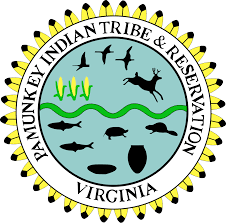
The Pamunkey Indian Tribe is one of the most prominent Indian tribes to first meet Europeans on the East Coast of North America. This status is due in part to the prominence of Pamunkey Indians, especially Powhatan and Pocahontas, whose activities were integral to American history. The Pamunkey Indians long defended their rights as unique citizens of the United States, with treaty and legal privileges that date back more than four hundred years. The Pamunkey Indian Tribe played a vital role in England’s early settlements in North America, and documents preserved in the archives of the United States and England show the existence of the Pamunkey Indian Tribe since the first visit of Captain John Smith in 1607 when the English settled Jamestown.
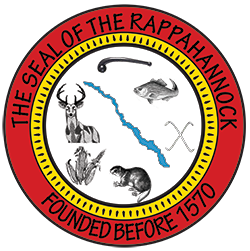 The mission of the Rappahannock Tribe is to preserve Rappahannock culture, social structures, and political structures while educating the public on the rich contributions that Rappahannocks have made and continue to make to Virginia and the Nation.
The mission of the Rappahannock Tribe is to preserve Rappahannock culture, social structures, and political structures while educating the public on the rich contributions that Rappahannocks have made and continue to make to Virginia and the Nation.
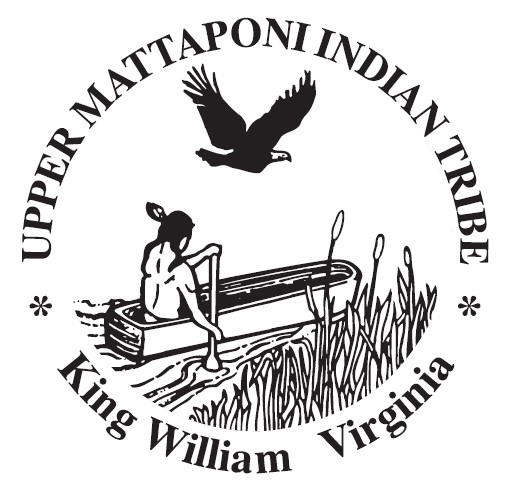
The Upper Mattaponi Indian Tribe is centered in King William County. The Tribe's community base still resides in the traditional lands of Tsenacomacah.
The Tribe has strong ties to Christianity and their community is centered around The Indian View Baptist Church, built in 1942. Next door to the church is the Sharon Indian School. Originally built in the early 1900’s, it was replaced with a more modern structure in the 1950’s. As the only public Indian school building in the state of Virginia, it now serves as the Tribal Center.
Today the Upper Mattaponi own over 400 acres of land and are a proud and humble people of strong character and values, with much optimism and hope for the future. The Tribe was officially recognized by the Commonwealth of Virginia on March 25, 1983, and received Federal recognition in on January 29, 2018 via Public Law 115-121.
Native American Student Union
The Native American Student Union is a student-run organization that strives to increase awareness of the Native community on Grounds. Our group promotes relationships with the surrounding Virginia Indian tribes, collaborates with other student organizations, holds cultural events relating to American Indians, and allows students and community members to join together to explore Native American heritage and identity.
